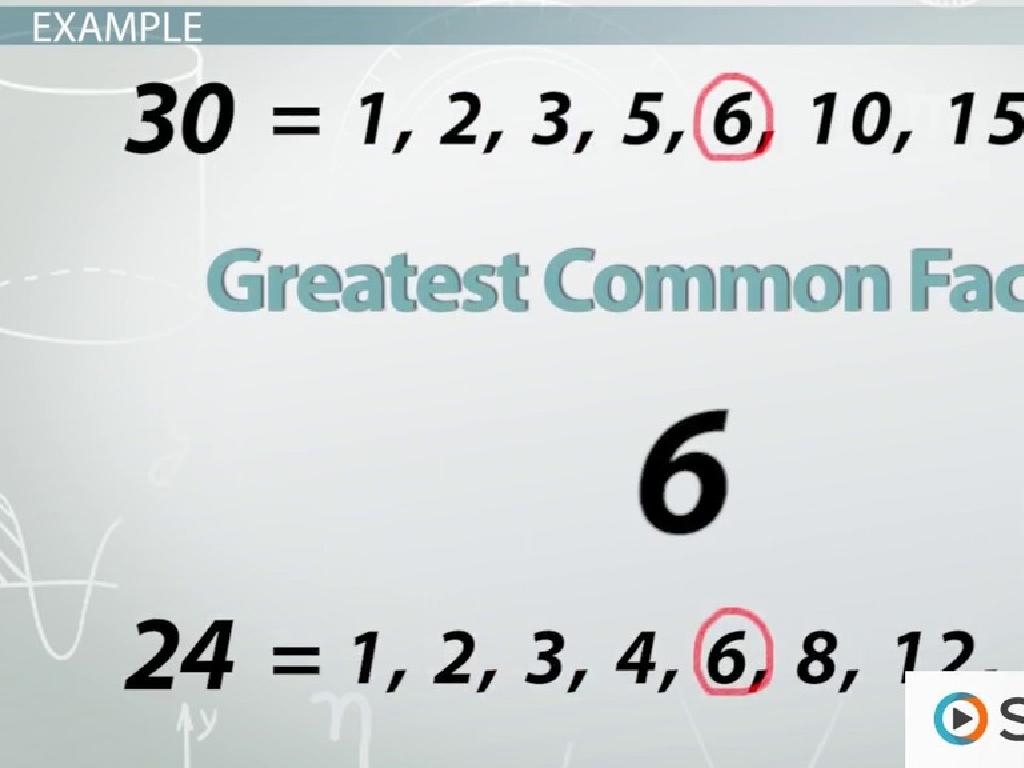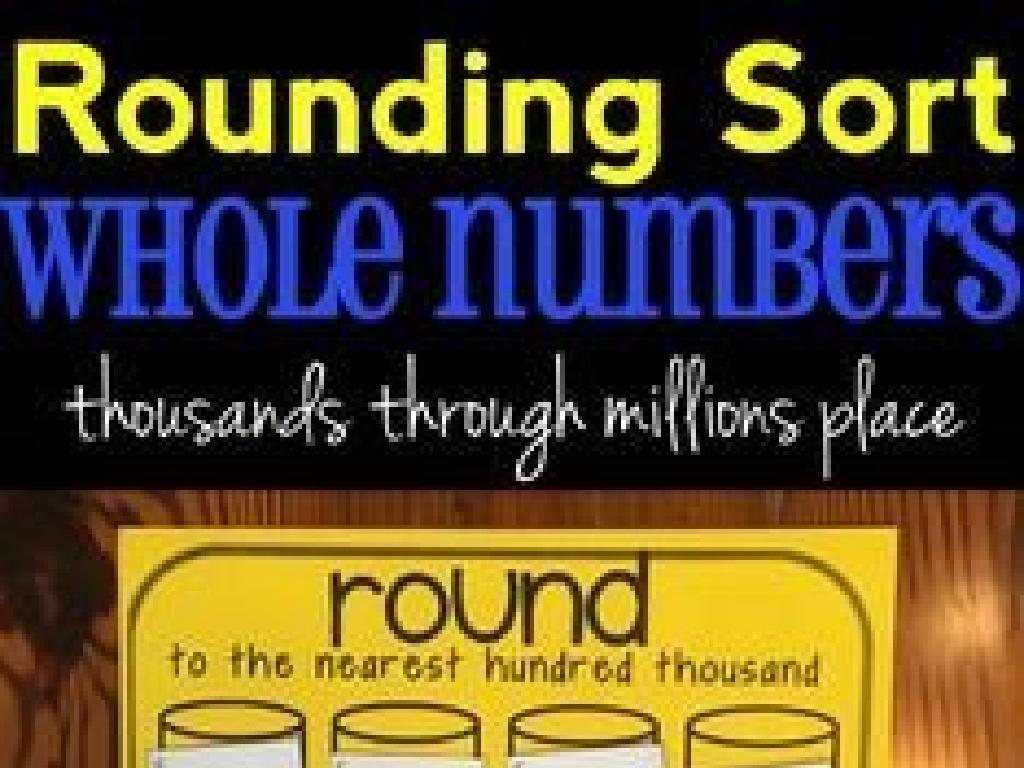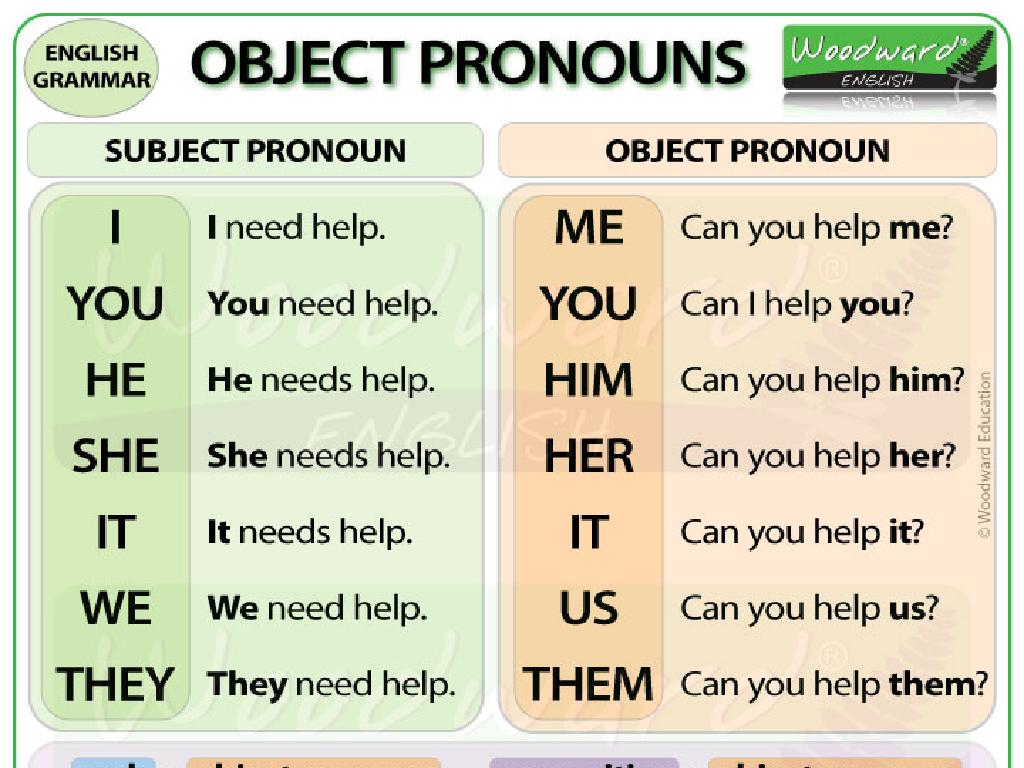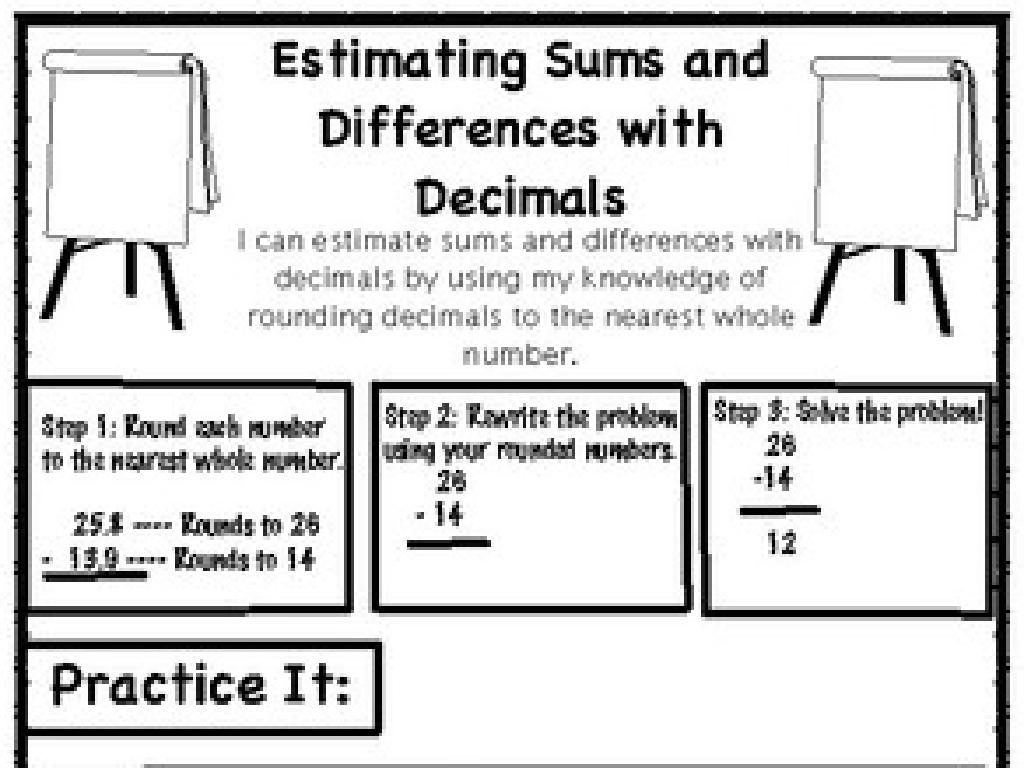Use Dictionary Entries
Subject: Language arts
Grade: Seventh grade
Topic: 3
Please LOG IN to download the presentation. Access is available to registered users only.
View More Content
Navigating the Dictionary
– Explore the dictionary’s role
– Uncover the power of words
– Words have meanings, histories, and nuances.
– Grasp dictionary entry structure
– Learn parts: word, pronunciation, part of speech, definition, and usage.
– Recognize the importance of a dictionary
– Aids in vocabulary building, spelling, and comprehension.
|
This slide introduces students to the importance and functionality of a dictionary. Emphasize that a dictionary is more than just a book of definitions; it’s a tool for understanding the power and nuances of language. Discuss how every word entry includes pronunciation, part of speech, detailed definitions, and examples of usage. Highlight the role of a dictionary in expanding vocabulary, improving spelling, and enhancing reading comprehension. Encourage students to use dictionaries regularly to become more proficient in language arts. Provide examples of how to look up words and interpret the information provided.
Exploring the Dictionary
– Dictionary: A language resource
– A book or electronic tool listing words alphabetically
– Offers meanings, pronunciations, origins
– Learn how to say words and where they come from
– Usage guidance for words
– Find out how to correctly use different words
– Types: General and specialized
– Some focus on specific subjects or fields
|
This slide introduces the concept of a dictionary to students, emphasizing its role as a comprehensive language resource. It’s important to explain that a dictionary is not just for looking up word meanings, but also for understanding pronunciation, word origins (etymologies), and how to use words correctly in sentences (usage). Highlight the difference between general dictionaries, which cover a wide range of vocabulary, and specialized dictionaries, which focus on specific areas like medicine or law. Encourage students to explore different types of dictionaries and to use them as a tool to enhance their language skills.
Exploring Dictionary Entries
– Word and its class
– e.g., ‘Harmony’ (noun)
– Pronunciation guide
– Phonetic spelling, e.g., /ÈhQÐr.mY.ni/
– Multiple definitions
– ‘Harmony’: 1. Agreement in feeling. 2. A pleasing combination of elements.
– Example sentences
– ‘The choir sang in perfect harmony.’
|
This slide introduces students to the structure of a dictionary entry, which is a fundamental tool for understanding new vocabulary. Start by explaining that each entry begins with the word itself, followed by its part of speech, such as noun, verb, or adjective. Next, discuss the pronunciation guide, which uses phonetic spelling to help readers pronounce the word correctly. Then, explore the definitions section, noting that many words have multiple meanings depending on the context. Finally, provide example sentences to show how the word is used in context. Encourage students to practice looking up words in a dictionary to become familiar with these components and to enhance their vocabulary skills.
Navigating the Dictionary: Guide Words
– Understanding guide words
– Guide words are at the top of dictionary pages
– Locating words with guide words
– They help find words faster between the guide words
– Dictionary words’ alphabetical order
– Words are listed from A to Z
– Practice finding words
– Let’s try to find some words together using guide words
|
This slide introduces students to the concept of guide words and their practical use in a dictionary. Guide words are located at the top of each dictionary page and are designed to help users find words quickly by indicating the first and last words on that page. Emphasize that dictionary entries are organized in alphabetical order, which is a fundamental skill for efficient dictionary use. Encourage students to practice by looking up words in the dictionary and identifying the guide words that would lead them to the correct page. This exercise will help them become more familiar with the dictionary layout and improve their vocabulary skills.
Using a Dictionary: Step by Step
– Start with a word in mind
– Think of a word you wish to look up.
– Focus on the first two letters
– These letters determine where to begin searching.
– Find the guide words in the dictionary
– Guide words at the top of dictionary pages show word range.
– Locate and read the word’s entry
– Understand the word’s meaning, pronunciation, and usage.
|
This slide is aimed at teaching students a systematic approach to using a dictionary. Encourage them to think of a word they want to understand better. Then, they should look at the first two letters of the word to get an idea of where it might be in the dictionary. Guide words at the top of the pages will help them navigate to the correct page. Once they find the word, they should carefully read the entry to understand the definition, pronunciation, part of speech, and how it’s used in a sentence. Provide examples of dictionary entries in class and demonstrate the process. For homework, ask students to find and write down entries for five new words they come across in their reading.
Let’s Practice Together: Exploring ‘Harmony’
– Activity: Locate ‘Harmony’ in the dictionary
– Discuss: The various meanings of ‘Harmony’
– Harmony can refer to music, relationships, or a pleasing arrangement.
– Share: Craft a sentence with ‘Harmony’
– Create your own example sentence using ‘Harmony’.
– Reflect: How context affects meaning
– Think about how ‘Harmony’ changes meaning in different sentences.
|
This slide is designed for an interactive class activity focused on the word ‘Harmony’. Students will start by finding the dictionary entry for ‘Harmony’, which will introduce them to the different definitions and uses of the word. They will discuss these meanings to understand the word’s versatility. Then, students will be asked to use ‘Harmony’ in their own sentences, which encourages them to apply their understanding of the word in context. Finally, reflect on how the meaning of ‘Harmony’ can change depending on the sentence it is used in. This activity will enhance their vocabulary and comprehension skills. For the teacher: Prepare to guide the discussion by providing examples of ‘Harmony’ in music (chords that sound pleasing together) and in life (living in harmony with others), and be ready to help students form their sentences.
Dictionary Scavenger Hunt
– Find a ‘Z’ starting word
– Define ‘Illuminate’
– Write the meaning of ‘illuminate’ from the dictionary
– Pick a word and illustrate
– Draw a picture that shows what your chosen word means
– Share your findings
|
This slide introduces a class activity that combines dictionary skills with creativity. Students will start by searching for a word that begins with the letter ‘Z’, which will help them navigate the dictionary and familiarize themselves with alphabetical order. Next, they will look up the word ‘Illuminate’ and write down its definition, practicing how to find and understand dictionary entries. Then, they will choose any word and draw a picture that represents its meaning, which encourages them to think about words visually and contextually. Finally, they will be asked to share their findings with the class, allowing for discussion and reinforcing their learning. For the teacher: Prepare a list of ‘Z’ words in case some students struggle, and be ready to assist with understanding the definitions. Encourage students to be creative with their illustrations and to think outside the box.
Conclusion & Homework: Dictionary Exploration
– Congrats on mastering dictionary skills!
– Homework: Craft 5 sentences
– Incorporate today’s new vocabulary into original sentences.
– Use new words learned today
– Keep the dictionary close!
– A dictionary is a key tool for word discovery and mastery.
|
Students have done a great job in today’s class learning how to use a dictionary effectively. For homework, they are tasked with writing five original sentences, each incorporating one of the new words they’ve learned today. This exercise will help reinforce their understanding of the words’ meanings and how they are used in context. Remind students that a dictionary is not just for looking up words they don’t know; it’s also a gateway to expanding their vocabulary and improving their language skills. Encourage them to continue exploring and learning new words daily.






